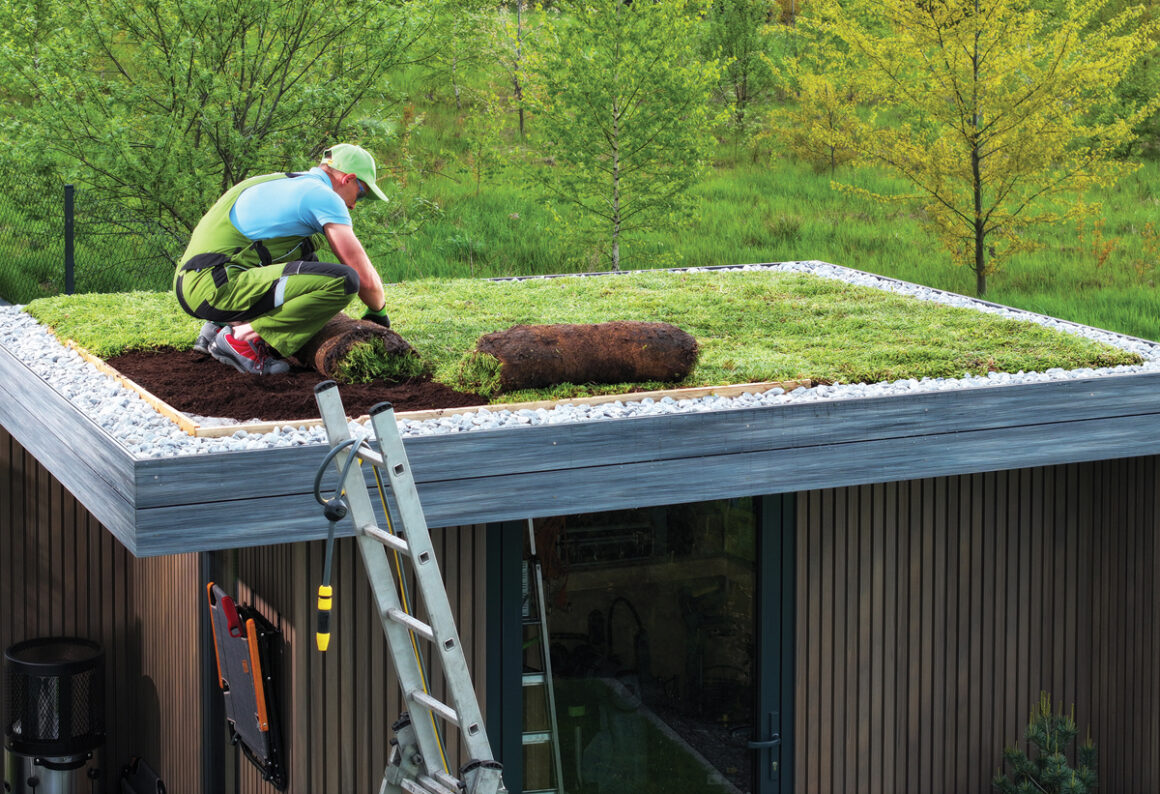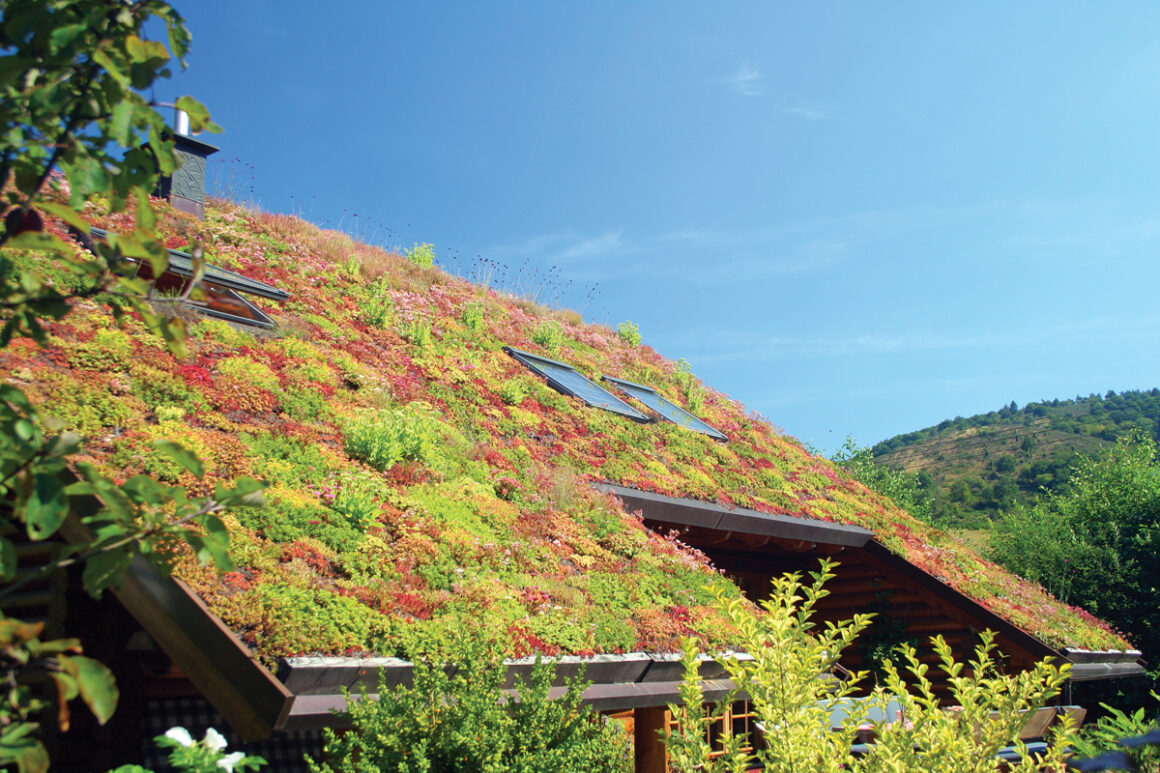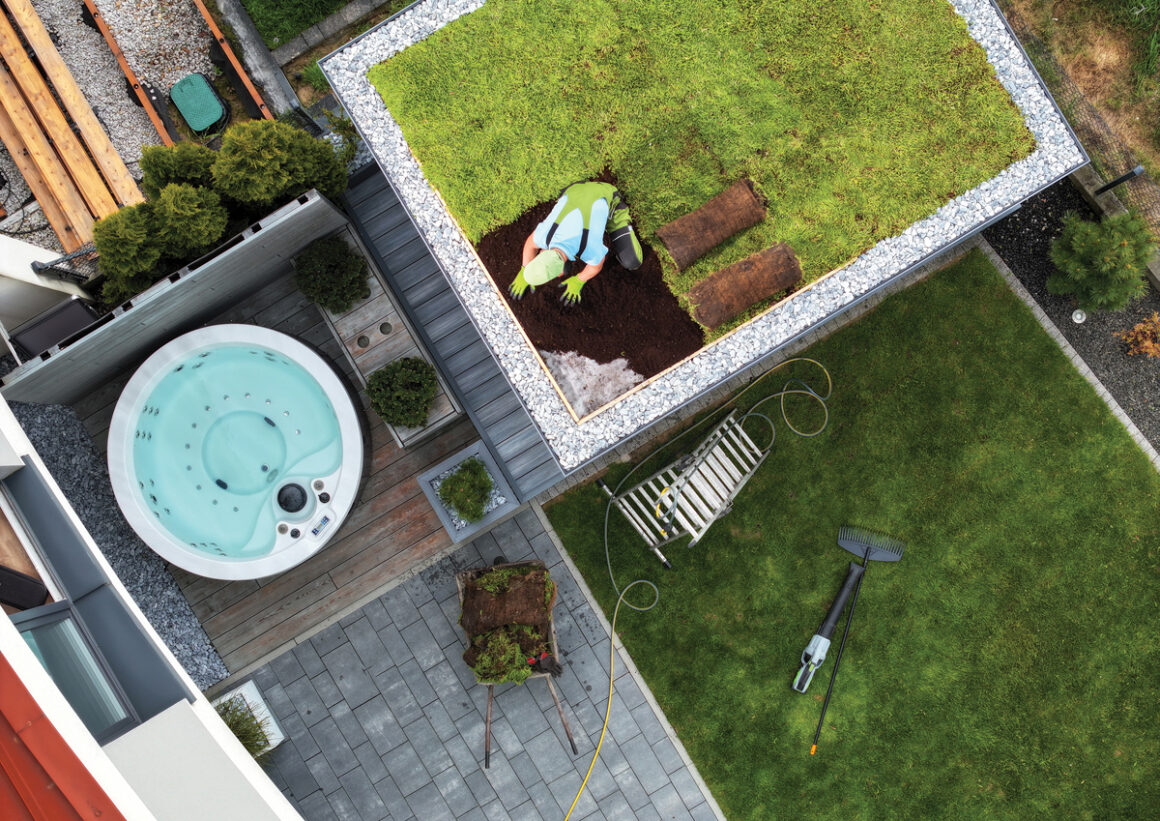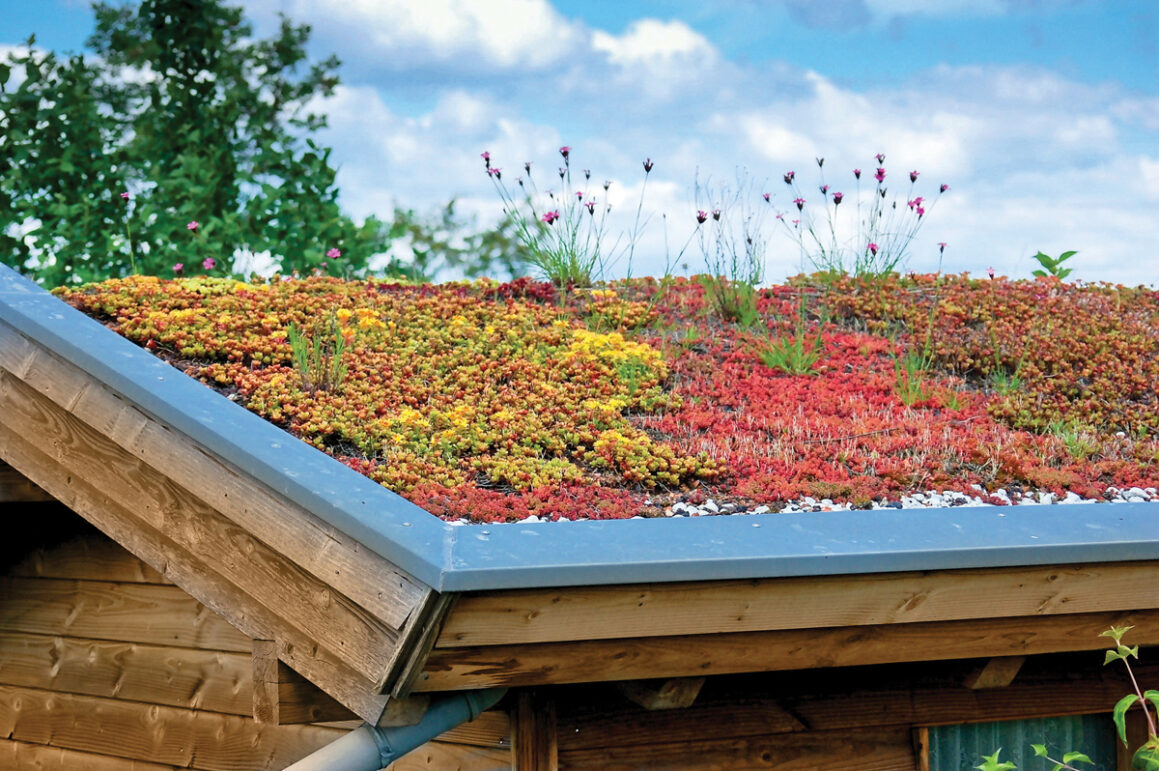The Green Revolution of Sedum Roofs
In recent years, there has been a growing interest in sustainable and environmentally friendly building practices. One such practice gaining popularity is the installation of sedum roofs. These vegetative roof coverings not only add aesthetic appeal to buildings but also provide numerous ecological benefits. In this article, we will delve into the world of sedum roofs and explore their advantages.
Sedum roofs, also known as green roofs or living roofs, are vegetated roofing systems that incorporate layers of plants, growing media, and drainage systems on top of conventional roof structures. Sedum, a type of succulent plant, is commonly used due to its hardiness and low maintenance requirements. There are two primary types of sedum roofs: extensive and intensive. Extensive sedum roofs are lightweight, with shallow soil depths and a range of sedum species, while intensive sedum roofs are more complex and support a wider variety of vegetation, including small shrubs and trees.
Sedum roofs offer a host of environmental benefits that make them a sustainable choice for modern architecture. Firstly, they help mitigate urban heat island effect by reducing the surface temperature of buildings and the surrounding environment. The plants’ natural insulation properties also contribute to energy savings by reducing the need for heating and cooling. Additionally, sedum roofs improve air quality by capturing airborne pollutants and releasing oxygen. They act as natural filters, absorbing carbon dioxide and other harmful substances. Moreover, sedum roofs reduce stormwater runoff by absorbing rainwater, minimizing strain on drainage systems and reducing the risk of flooding. The vegetation also acts as a noise barrier, absorbing and deflecting sound waves, creating a quieter and more peaceful urban environment.
Apart from the environmental advantages, sedum roofs offer economic benefits to building owners as well. These roofs increase the lifespan of conventional roofing materials by protecting them from ultraviolet radiation, extreme temperatures, and physical damage. Sedum roofs also provide an additional layer of insulation, reducing heating and cooling costs. Moreover, the thermal mass of sedum vegetation helps regulate indoor temperatures, leading to energy savings. Sedum roofs can enhance the market value of a property, as they are considered attractive and desirable features that promote sustainability. Furthermore, some cities and municipalities offer incentives, such as tax credits or grants, to encourage the installation of green roofs, making them a financially viable option for building owners.
Sedum roofs represent a sustainable and environmentally friendly approach to modern construction. From their ability to mitigate the urban heat island effect and improve air quality to reducing stormwater runoff and providing economic benefits, sedum roofs offer a multitude of advantages. As more people embrace eco-conscious practices, the popularity of sedum roofs continues to rise, paving the way for a greener future.



